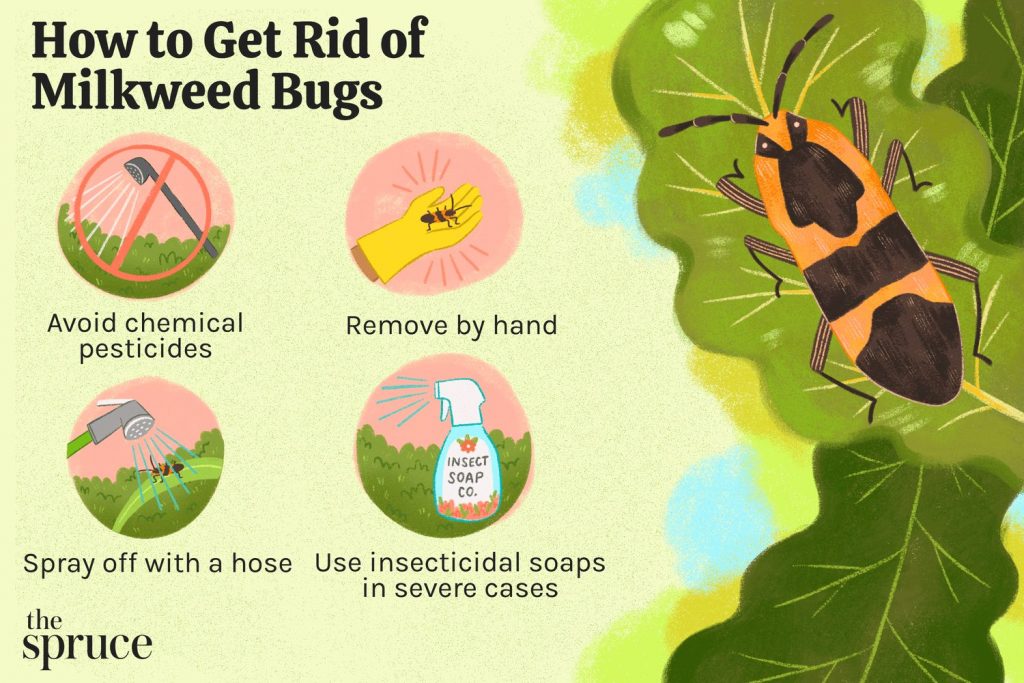Are you looking to get rid of milkweed bugs? If so, then you’ve come to the right place! In this article, I’ll provide you with some tips and tricks to help control these pesky bugs. Through a combination of natural and chemical methods, you’ll be able to rid your garden of milkweed bugs in no time.
What are Milkweed Bugs?
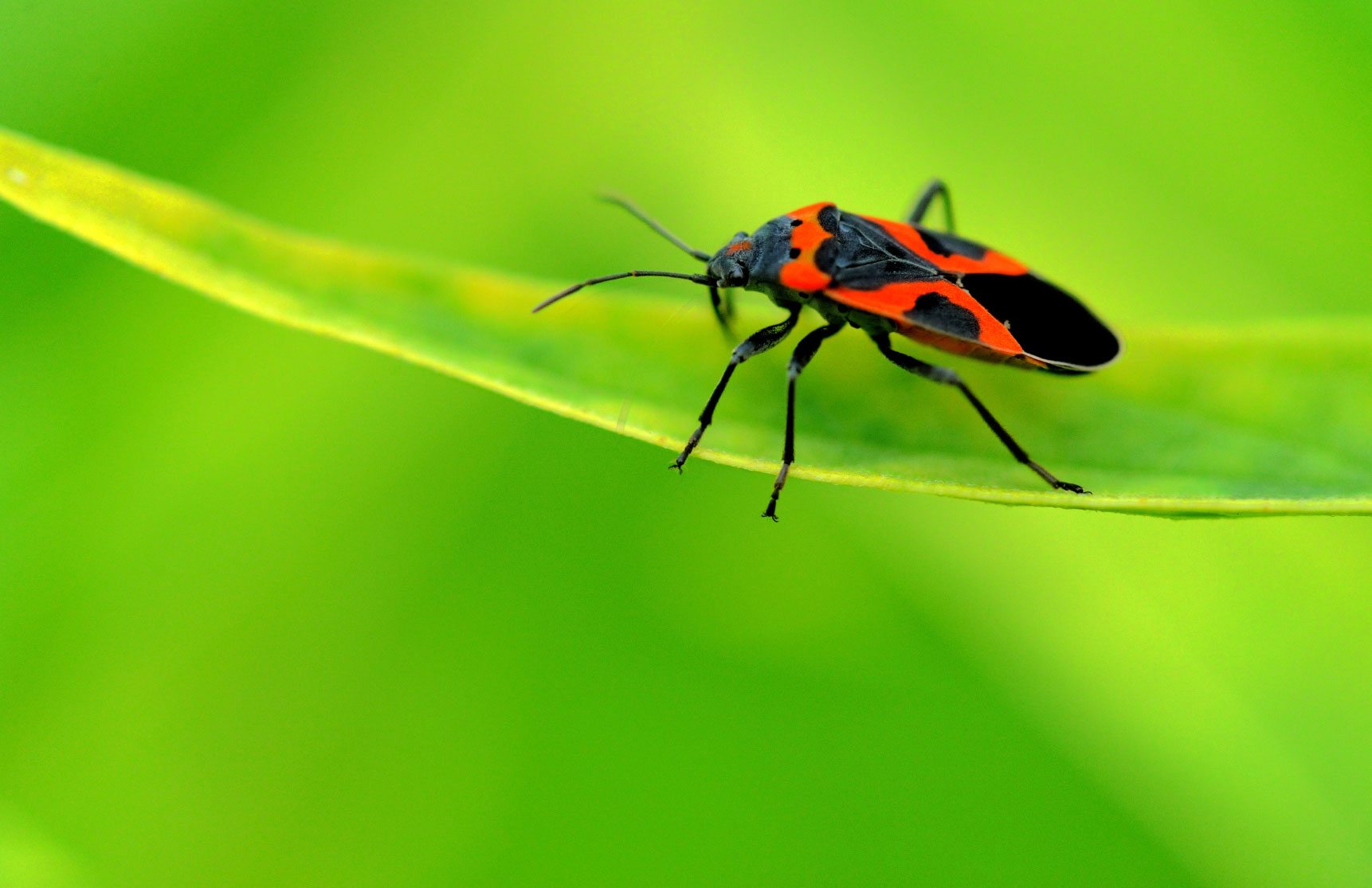
Milkweed bugs are small insects that feed on the sap and seeds of milkweed plants. They range in size from 1/4 inch to 1/2 inch long, and are typically black and orange in color. They are very common in gardens and fields, especially in the summer and fall. Milkweed bugs can become a nuisance when they congregate around milkweed plants in large numbers, and can quickly damage the plants if left unchecked.
How to Identify Milkweed Bugs
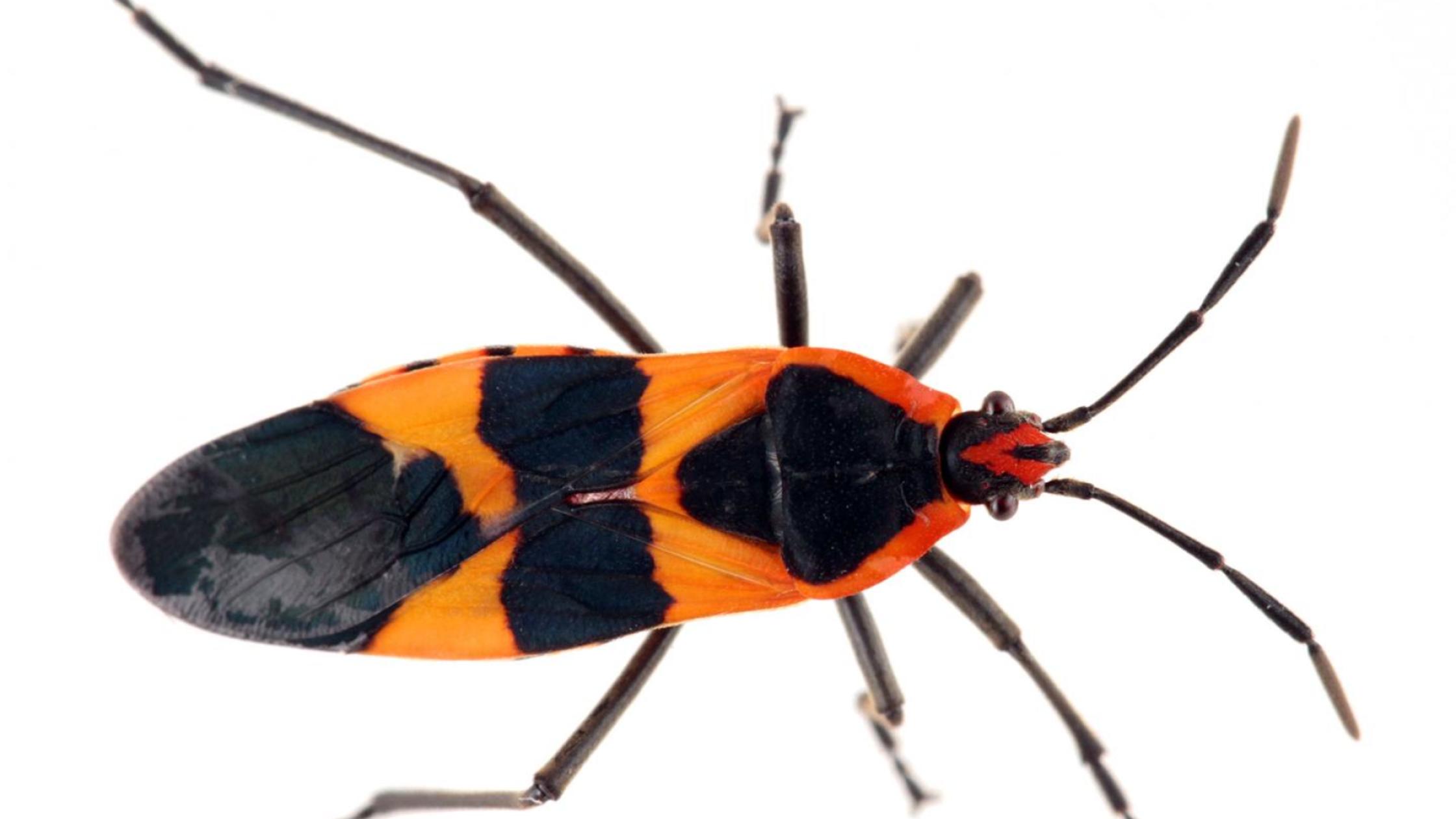
Milkweed bugs are small insects that feed on milkweed plants. They have a bright orange and black pattern on their bodies, making them easy to identify. They are usually found around milkweed plants, as they feed on the plant’s sap and seeds.
Milkweed bugs can be identified by their size and color. They are usually around 1/4 to 1/2 inch in length and have an orange and black pattern on their bodies. The orange and black pattern can vary, depending on the species.
| Characteristic | Description |
|---|---|
| Size | 1/4 to 1/2 inch in length |
| Color | Varying orange and black pattern |
| Location | Near milkweed plants |
Milkweed bugs can be found near milkweed plants, as they feed on the plant’s sap and seeds. They are most active in the spring and summer months when milkweed plants are in bloom. They can also be found in other areas, such as fields and gardens, where milkweed plants are growing.
It is important to be able to identify milkweed bugs so that you can take the necessary steps to get rid of them. Knowing how to identify milkweed bugs helps you determine the best methods for removal and prevention.
The Impact of Milkweed Bugs
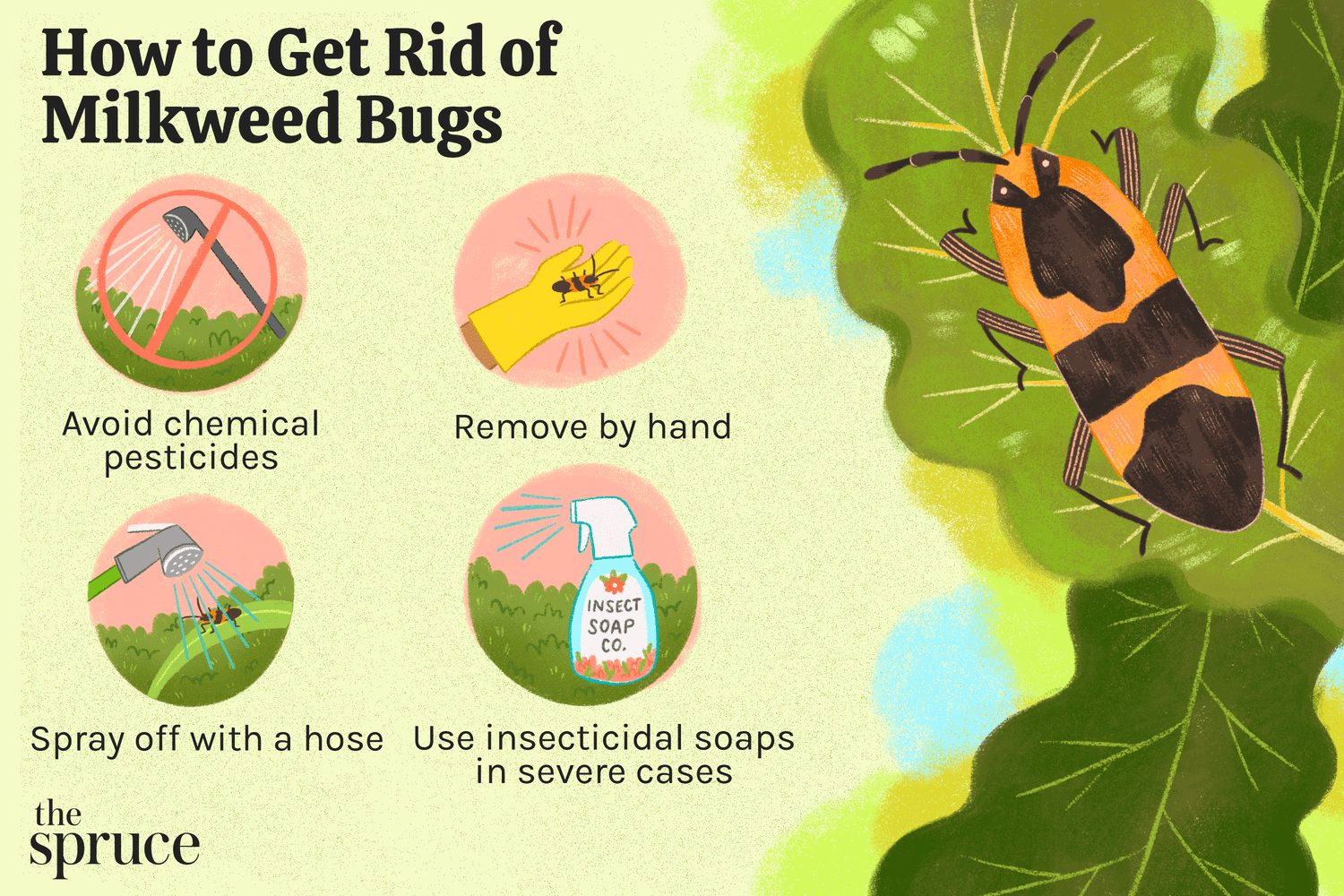
- You may find milkweed bugs congregating in large groups on Milkweed plants, which can cause significant damage to the plant.
- The bugs feed on the sap of the Milkweed plant, which can leave the plant weak and vulnerable to other pests and diseases.
- The bugs can also interfere with the pollination of the Milkweed plant, which can lead to a decrease in the number of Milkweed plants in the area.
- In addition, the bugs can spread a variety of diseases, including milkweed rust, which can cause further damage to the Milkweed plants.
The impact of milkweed bugs can be significant, so it is important to take steps to reduce their population.
How to Prevent Milkweed Bugs
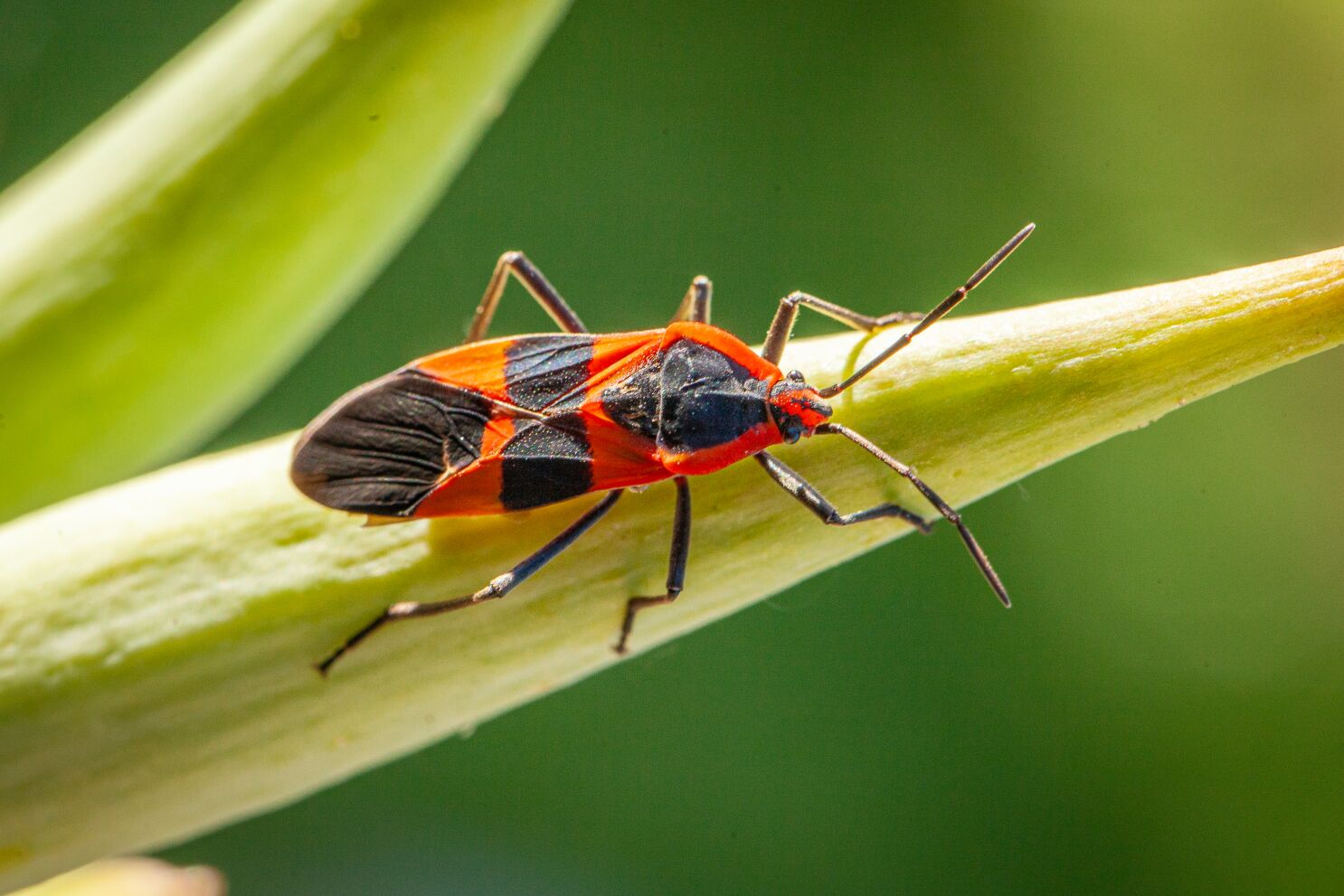
Milkweed bugs can be prevented through a few simple steps. First, it is important to keep your garden and property free of weeds. Removing any weeds or other plant debris that may be a food source for milkweed bugs is essential. Additionally, you should make sure to keep your plants well-watered and protected from extreme temperatures.
Another way to prevent milkweed bugs is to use natural predators, such as ladybugs and lacewings. These insects will feed on milkweed bugs, helping to keep their population in check.
If you find milkweed bugs on your property, it is important to take action as quickly as possible. Treat the area with an insecticidal soap or horticultural oil. This will help to kill the bugs and any eggs that may have been laid.
If you have milkweed plants in your garden, you can use floating row covers to protect them from milkweed bugs. This will create a physical barrier between the plants and the bugs.
Finally, you can use traps to capture milkweed bugs. Simple yellow sticky traps can be placed around the garden to attract and trap the bugs.
| Prevention Method | Description |
|---|---|
| Remove Weeds | Remove any weeds or other plant debris that may be a food source for milkweed bugs. |
| Use Natural Predators | Introduce natural predators such as ladybugs and lacewings to feed on milkweed bugs. |
| Treat the Area | Treat the area with an insecticidal soap or horticultural oil to kill the bugs and any eggs. |
| Use Floating Row Covers | Use floating row covers to create a physical barrier between the plants and the bugs. |
| Use Sticky Traps | Use yellow sticky traps to attract and trap the bugs. |
How to Get Rid of Milkweed Bugs
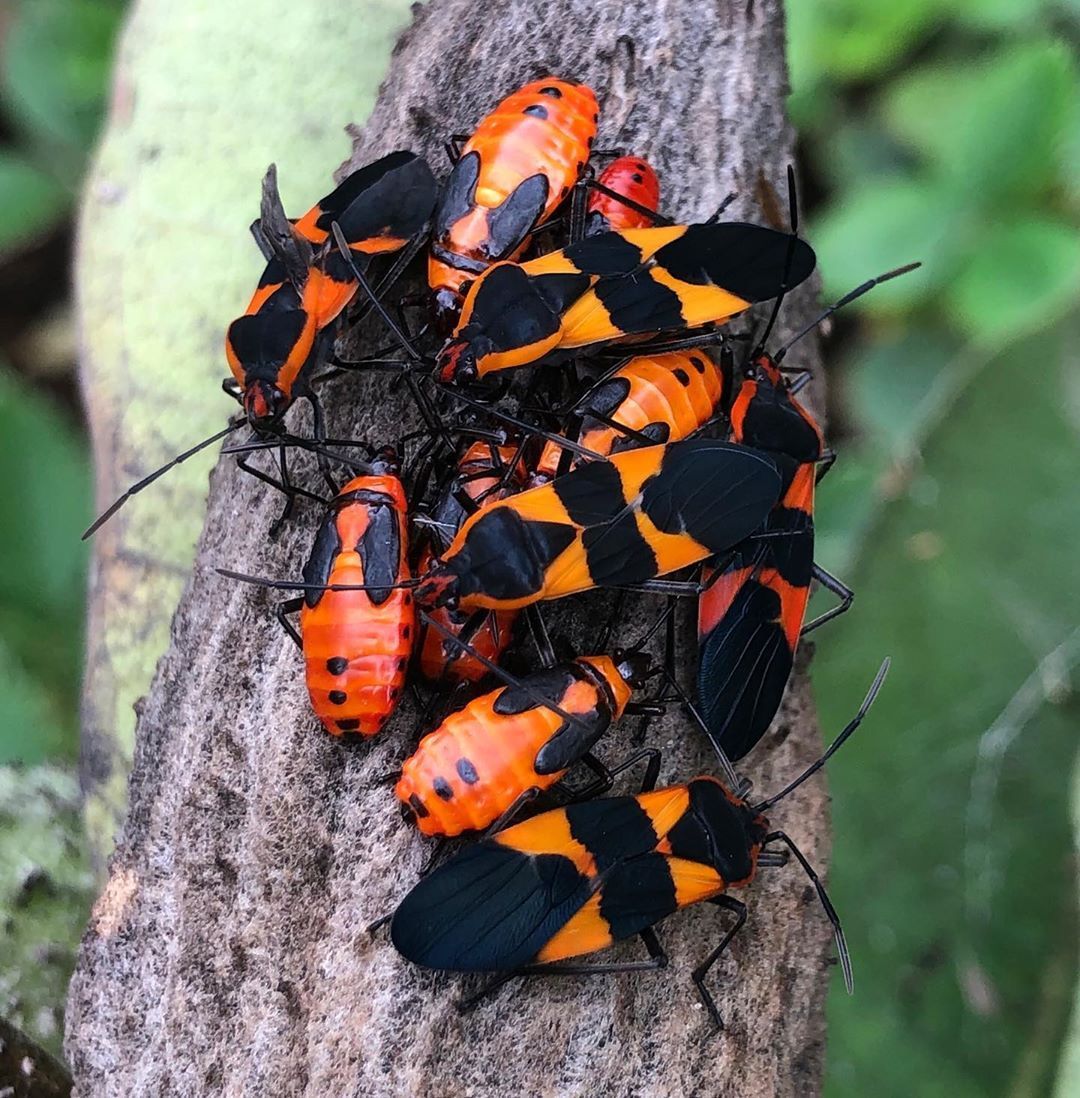
- Handpick the milkweed bugs. Put on a pair of gloves and gently pick the bugs off the milkweed plants and immediately discard them in a plastic bag.
- Encourage natural predators such as lacewings, ladybugs and spiders to the area by planting companion plants. These natural predators will feed on the bugs.
- Spray the milkweed plants with an insecticidal soap or neem oil. This will help to get rid of any remaining bugs.
- Check the milkweed plants regularly for any new bug infestations and take the necessary steps to get rid of them.
- Encourage birds to the area, as they will feed on the bugs.
- Prune the milkweed plants regularly. This will remove any dead or dying foliage, which will reduce the number of bugs in the area.
- Keep the area around the milkweed plants clean and free of debris, as this will reduce the chances of the bugs breeding.
Natural Solutions for Killing Milkweed Bugs
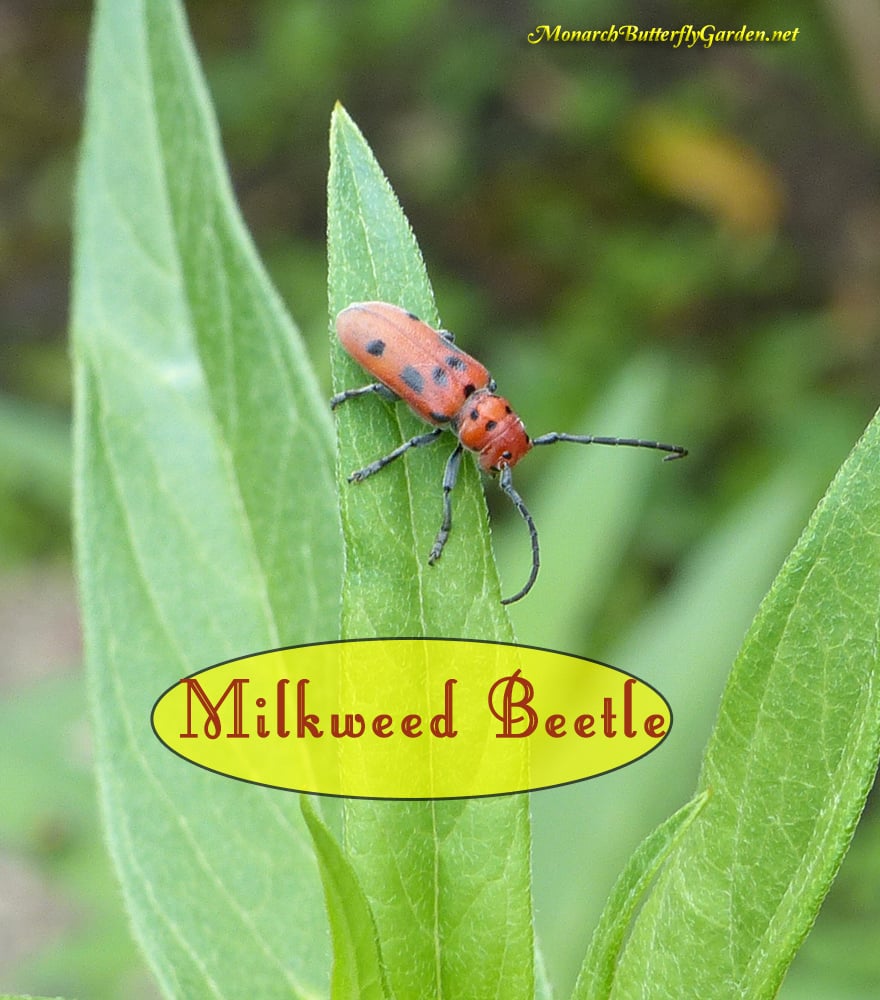
One of the most effective natural solutions for killing milkweed bugs is to spray them with a soapy water solution. To make the solution, mix a teaspoon of dish soap with a cup of water and pour it into a spray bottle. Shake the bottle vigorously and spray the milkweed bugs directly. This solution will damage their exoskeletons, causing them to suffocate and eventually die.
Another effective natural solution for killing milkweed bugs is to introduce natural predators into the area. Ladybugs are a natural predator of milkweed bugs and can be purchased from a home and garden store and released in the affected area. The ladybugs will feed on the milkweed bugs and help to reduce their numbers.
Diatomaceous earth is another natural solution for killing milkweed bugs. This natural powder is composed of fossilized diatoms, which are microscopic aquatic organisms. The powder works by cutting through the exoskeleton of the milkweed bugs, which causes them to dehydrate and die.
Finally, some gardeners recommend using a garlic and vegetable oil spray to get rid of milkweed bugs. To make the spray, combine two minced garlic cloves and two tablespoons of vegetable oil with a cup of water. Pour the mixture into a spray bottle and spray the milkweed bugs directly. This solution will not only kill the milkweed bugs, but also repel them from the area.
Chemical Solutions for Killing Milkweed Bugs
Milkweed bugs can be a nuisance to gardens and landscapes, so I thought it best to explore chemical solutions to killing them. There are a few different insecticides available on the market that can help with ridding yourself of milkweed bugs.
| Insecticide | Target Pest | Application |
|---|---|---|
| Pyrethrins | Milkweed bugs | Spray directly onto bugs |
| Neem oil | Milkweed bugs and larvae | Spray onto plant foliage |
| Spinosad | Milkweed bugs and larvae | Spray onto plant foliage |
Pyrethrins can be sprayed directly onto milkweed bugs and will kill them on contact. Neem oil and Spinosad can be sprayed onto the plant foliage and will kill milkweed bugs and larvae. All three of these insecticides are organic, so they are safe for use in gardens and landscapes.
When using any insecticide, it is important to read and follow the directions on the label. Make sure to use the correct insecticide for the correct target pest, and apply the insecticide according to the label instructions.
Preventing Further Infestations
Once the milkweed bugs have been removed from the property, it is important to take steps to prevent them from returning. Here are a few tips for avoiding future infestations:
| Method | Description |
|---|---|
| Eliminate Potential Hiding Spots | Remove any piles of leaves and debris, as these offer the perfect hiding spot for milkweed bugs. |
| Keep the Garden Clean | Maintain the garden by keeping it well-trimmed, weeded, and pruned. This will reduce the food sources that attract milkweed bugs. |
| Seal Any Openings | Seal off any cracks and crevices around doors, windows, and other entry points to prevent milkweed bugs from entering the property. |
These steps can help reduce the chances of a future infestation of milkweed bugs, but it is important to be vigilant and inspect the property regularly.
Frequently Asked Questions
What are the best methods for getting rid of milkweed bugs?
The best methods for getting rid of milkweed bugs are manual removal, introducing beneficial predators, using soapy water, using neem oil, and using insecticides. Manual removal can be done by handpicking the bugs from the plants. Introducing beneficial predators such as ladybugs and lacewings can help control the population of milkweed bugs. Soapy water can be used as an insecticide, but it must be reapplied regularly. Neem oil is also an effective method of pest control. Lastly, insecticides can be used to eliminate the bugs, but it is important to choose an insecticide that is safe for the environment.
How can I prevent milkweed bugs from coming back?
To prevent milkweed bugs from returning, keep the plants well-maintained, as milkweed bugs are attracted to weeds and garden debris. Regularly remove dead leaves and debris from the garden to prevent milkweed bugs from finding food. Plant native milkweed species, which are better able to resist pests. Regularly inspect the plants for signs of damage, and if necessary, apply insecticide to keep the bugs away. Additionally, avoid using nitrogen-rich fertilizer as this can attract bugs. Finally, make sure that your garden is kept free of standing water, as this can also attract milkweed bugs.
Is there a natural way to get rid of milkweed bugs?
Milkweed bugs can be a nuisance in gardens, but there are natural ways to get rid of them. Handpicking, using row covers, and planting companion crops are some of the most effective natural methods for controlling milkweed bug populations. Diatomaceous earth, neem oil, and insecticidal soaps are also effective natural treatments for milkweed bugs.
Are there any effective chemical treatments for killing milkweed bugs?
Chemical treatments, such as insecticides, may be effective in killing milkweed bugs. These treatments should be used with caution, as they can harm beneficial insects as well. Contact insecticides are most effective against milkweed bugs, and should be applied directly to the insects or their eggs. Systemic insecticides, which are absorbed into the plant, can also be effective. It is important to follow the directions on the product label for proper application.
How do I get rid of Milkweed Assassin Bugs?
The best way to get rid of Milkweed Assassin Bugs is to physically remove them from the plant or capture them in a cup and release them in a different location. Alternatively, you can use insecticides to control the population. Insecticidal soap, horticultural oil, and neem oil are effective against Milkweed Assassin Bugs. To ensure the bugs do not return, you can also apply an insecticide barrier around the area.
Conclusion
Milkweed bugs can be an annoying pest, but luckily there are a variety of tips and tricks that can be used to effectively get rid of them. Taking preventative measures such as removing habitats and using natural predators can help to reduce the number of milkweed bugs that inhabit your property. If more aggressive measures are needed, consider using insecticides or other chemical treatments. With the right combination of strategies, milkweed bugs can be a thing of the past.
